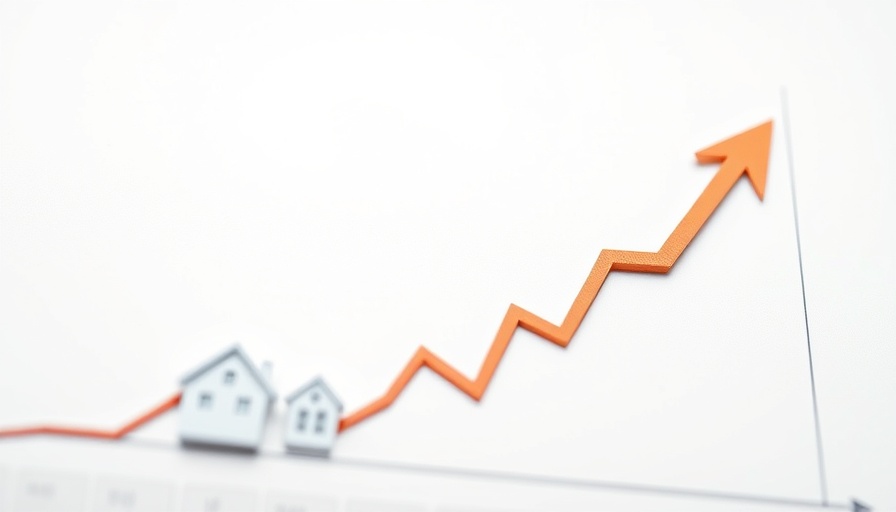
Rising Property Prices Amidst Increased Stamp Duty: A Surprising Trend
In a surprising twist for the UK housing market, the average property price has surged by 1.4% in April, reaching an unparalleled £377,182. This increase comes against the backdrop of rising stamp duty thresholds, which have just been adjusted—marking a significant shift for both buyers and sellers. As the housing market navigates this turbulence, many observers are left wondering how this trend will shape the future of home buying.
The Impact of Stamp Duty Changes
Earlier in April, the minimum stamp duty threshold was lowered to £125,000, down from £250,000, while first-time buyers now benefit from a raised threshold of £300,000—down from £425,000. Despite the shift designed to stimulate growth in the housing sector, it hasn’t deterred new sellers. Colleen Babcock, a property expert from Rightmove, highlights the need for sellers to be cautious about pricing their homes, especially with the current high inventory of properties for potential buyers.
Regional Variations: A Tale of Two Markets
Geographically, the growth is uneven. Regions such as the Midlands and Northern UK, alongside Wales and Scotland, are witnessing above-average demand compared to last year. In these areas, recent months have seen record-breaking prices, reflecting a robust local market. However, the South West and South East are lagging behind; they are seeing more muted growth in demand and prices. London serves as an outlier with record average prices, yet it faces declining buyer inquiries, which raises questions about its longer-term trajectory.
Market Resilience or Cause for Concern?
While the increase in prices is positive on the surface, experts caution that sellers must remain grounded in their pricing strategies. According to Tom Bill from Knight Frank, the economic landscape remains shaky. He emphasizes the importance of realistic pricing in an environment where supply may soon outpace demand. Additionally, although certain economic indicators are showing downward pressure on mortgage rates, there’s still a looming risk of increasing borrowing costs due to potential inflationary pressures from new tariffs. This situation begs the question: will the recent growth in house prices hold amidst these economic headwinds?
Decisions Buyers Need to Consider
In light of these trends, buyers should approach the market with a strategic mindset. Those looking for affordable housing options may find success by focusing on regions with strong demand growth, while also keeping an eye on potential fluctuations in borrowing costs. Understanding the underlying market dynamics will be crucial for making informed decisions in this evolving landscape.
What’s Next for the Housing Market?
The interplay between rising prices, updated stamp duties, and fluctuating buyer peak presents an intriguing landscape for homebuyers and realtors alike. While the current conditions suggest a healthy market, future predictions remain uncertain. As mortgage rates continue to evolve in response to economic signals, all eyes will be on how these factors influence market demand and property values over the coming months.
Maintaining awareness of these trends will give buyers and sellers alike a significant advantage in navigating the complexities of the housing market. Understanding how external economic factors affect local markets can help lead to better investment decisions. In this ever-changing environment, knowledge truly is power.
 Add Row
Add Row  Add
Add 




 Add Row
Add Row  Add
Add 

Write A Comment